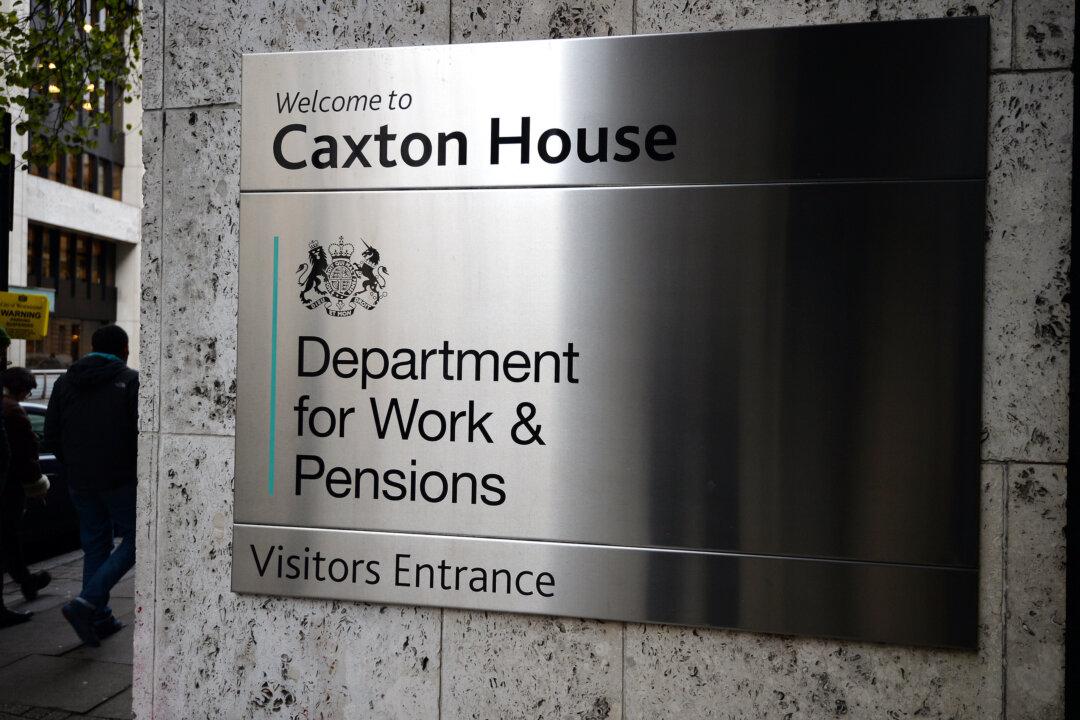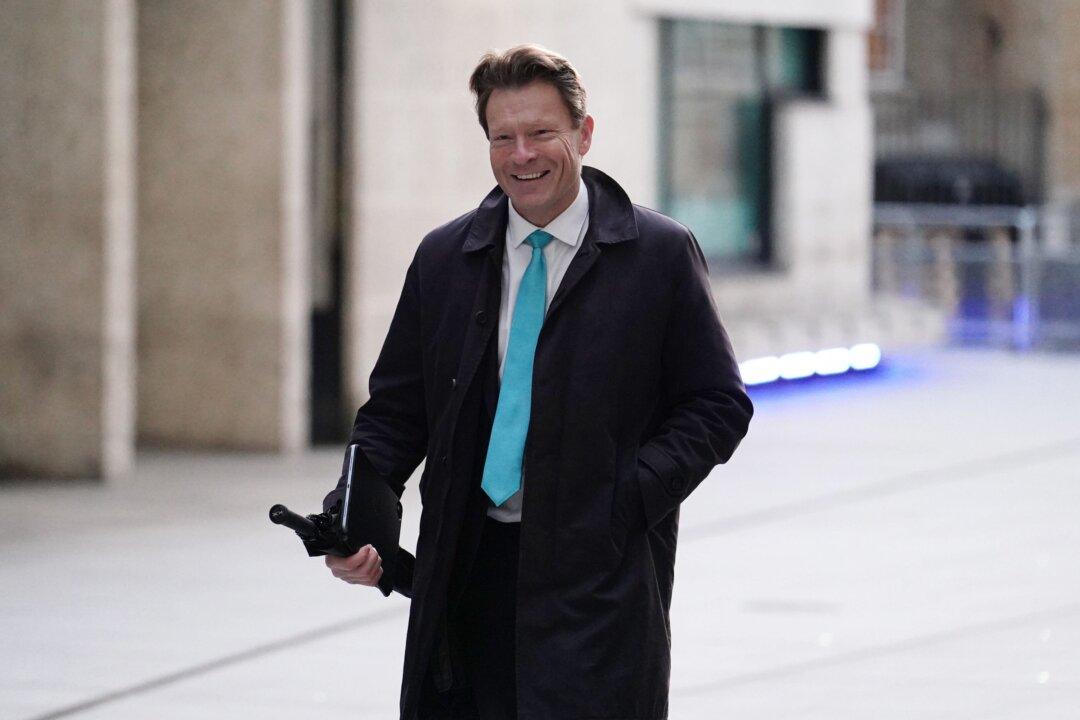Danish energy company Ørsted on Wednesday confirmed the development of the Hornsea 3 project in the North Sea, set to become the world’s largest offshore wind farm, following an uptick in UK financial backing for the sector.
The 2.9 gigawatt wind farm off the Yorkshire coast marks a pivotal £8 billion investment for Ørsted, and is designed to power around 3.3 million homes.





